dzong
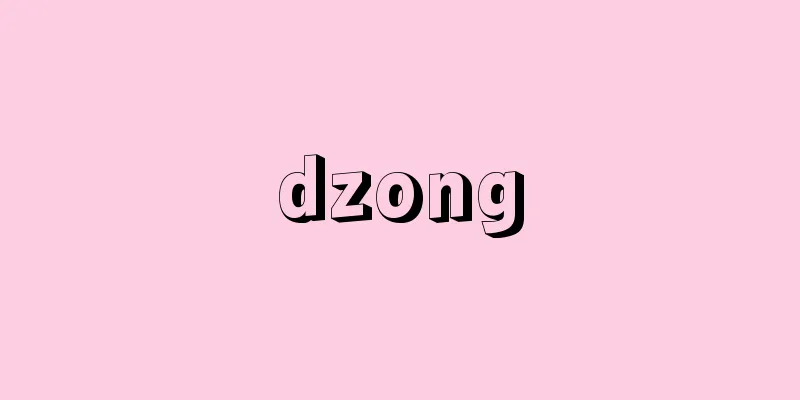
|
…They practice Hinduism or Buddhism and make up about 30% of the population. The official language is Dzongkha, a southern dialect of Tibetan spoken in the capital and surrounding areas, but it has no orthography and uses the Tibetan alphabet. *Some of the terminology explanations that mention "dzong" are listed below. Source | Heibonsha World Encyclopedia 2nd Edition | Information |
|
…彼らはヒンドゥー教あるいは仏教を奉じ,人口の約30%を占める。公用語は首都付近で使用されるチベット語の南部方言ゾンカDzongkha語であるが,正書法はなくチベット文字を使用する。 ※「dzong」について言及している用語解説の一部を掲載しています。 出典|株式会社平凡社世界大百科事典 第2版について | 情報 |
Recommend
Heraklion (English spelling)
Also called Iráklio. In ancient Greek, it is calle...
External standard taxation - external standard taxation
Taxation is based on a tax base that is relativel...
Tuning fork - Onsa (English spelling)
A simple acoustic device for generating pure tone...
STCW Convention - STCW Convention
…It is a certificate of license for maritime work...
Oppert, J. - Oppert
…Rawlinson further determined the phonetic values...
Ichitsuryo
...A tax levied on merchants who visited markets ...
Jules Mazarin
French Prime Minister and Cardinal. Born in Pessi...
Insei Daidai - Insei Daidai
... The Paleozoic Era is characterized by the app...
Quadratic residue
If p is a prime number other than 2, and the congr...
Sablé, marquise de (English spelling) Sable marquise de
…French female writer. From a young age, she was ...
Family sociology
A branch of sociology that examines family life f...
doubleikat (English spelling) doubleikat
...the simplest technique for making ikat threads...
Kyoto Funeral Hall
...The place where rice brought from the two Saik...
Fig wasp
A general term for the Ficus family of the Hymenop...
Autoclave - Autoclave
A heat-resistant, pressure-resistant vessel for c...
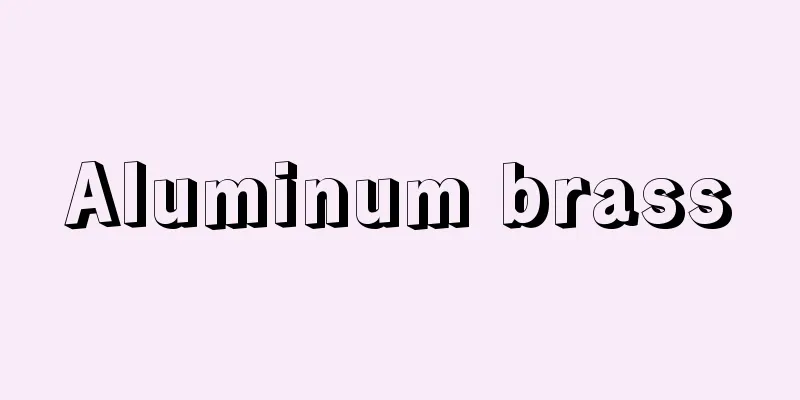
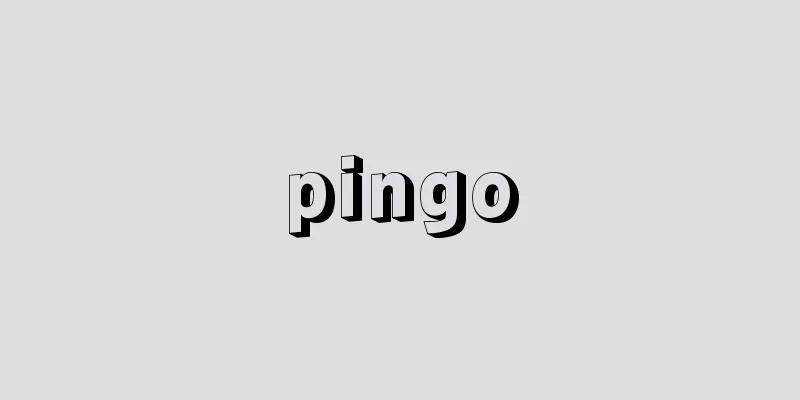

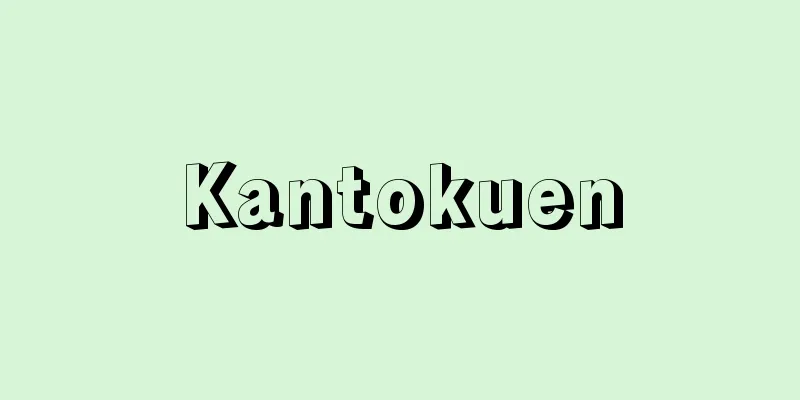
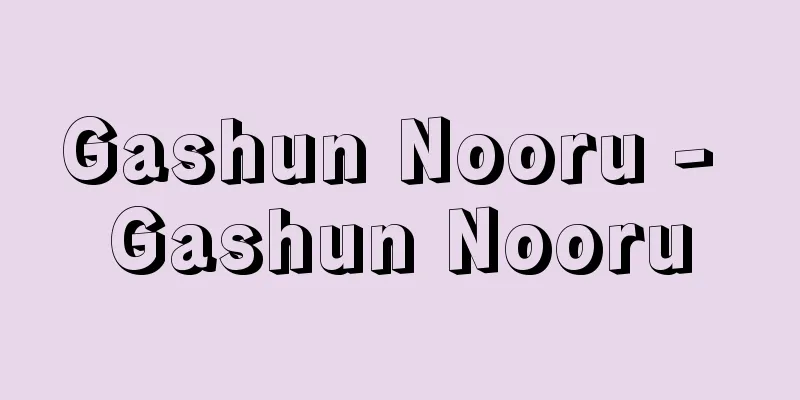

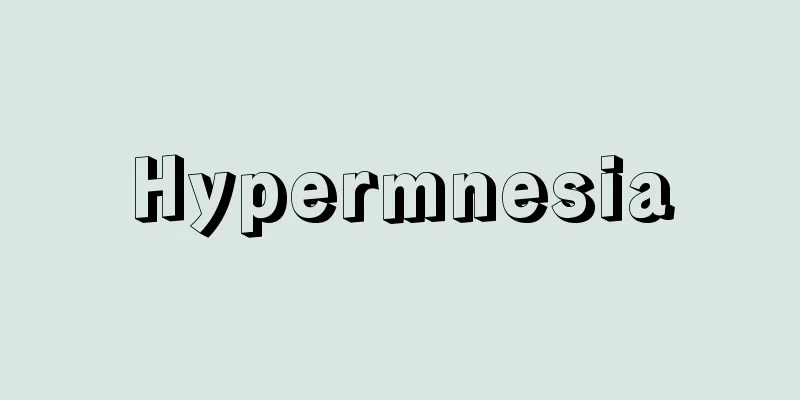
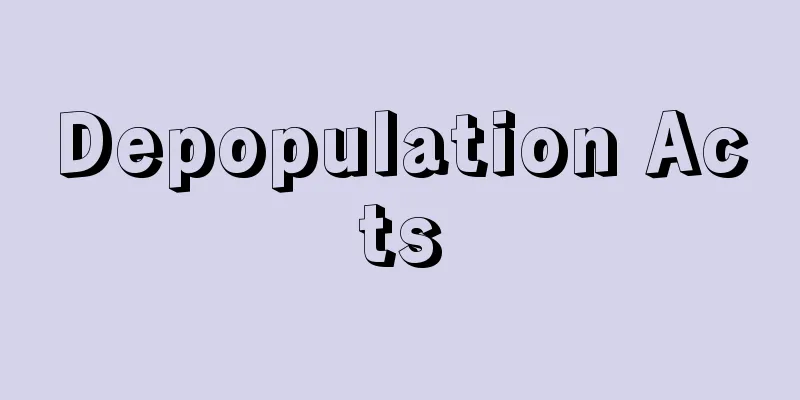
![Tsuchiyu [Hot Spring] - Tsuchiyu](/upload/images/67cc3c5e69f6b.webp)
